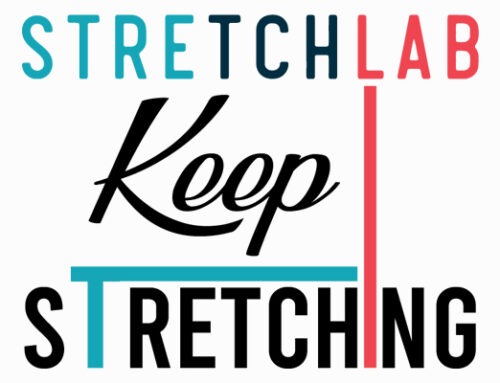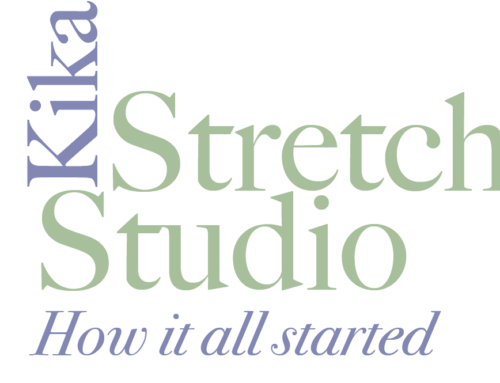STRETCH

The standard of health, comfort, and happiness rests in our ability to move. Supported by our bones, joints, and muscles, we enjoy physical activities such as walking, running, bicycling, and hiking to enhance our quality of life.
As we age, joints and muscles become shortened, inflexible, and tight. This may trigger stiffness, muscle strain, joint and back pain, nerve damage and increased risk of
physical injury.
Warming up and stretching is a proactive preventative method in our toolbox. Annually, musculoskeletal injuries impact corporate and healthcare industries in excess of $20 billion.
Occupational Safety and Health Administration (OSHA) approximates that indirect and associated costs that include hiring, training, and subsidizing substitute employees add five times to the baseline expense.
According to the Centers for Disease Control and Prevention (CDC) by 2020, 25% of
workers will be 55 years of age or older. Therefore, strategies including regular home
and workplace stretching programs are gaining momentum and merit.
In view of this, people are turning to activities that include Yoga, Cross Fit, Trainer,
Pilates, and Stretch Studios to improve their flexibility, fitness, and overall physical and
mental health.
What is Stretch Studio and how can it help your flexibility?
Stretch studios are antidote to high-intensity workouts. Safe movement is an essential
component for body muscle plasticity and maintenance. Stretching programs follow careful guidelines and exercises to minimize muscle and joint damage while improving flexibility, performance, and endurance.
“Fitness is not about being better than someone else; it’s about being better than you used to be.” Live. Better

Research supports the short and long-term benefits of daily stretching. It alleviates strain on overworked muscles, makes moving easier, lessens stress and injury risk, and improves
sleep. Stretching for flexibility is not the only benefit. Other advantages include;
• Decreases stress
• Diminishes pain and stiffness
• Improves range of motion
• Enhances muscle function and performance
• Reduces the risk of injury
• Minimizes joint wear and tear
• Increases blood flow and circulation
Static stretching, dynamic stretching, and proprioceptive neuromuscular facilitation (PNF) are additional forms of value in a stretching program.
According to David Nolan, a physical therapist at Harvard-affiliated Massachusetts General Hospital, engaging in regular stretching keeps muscles lean, long, and flexible.
This prevents the exertion of excessive force on the muscle and protects independence and mobility.






Leave A Comment